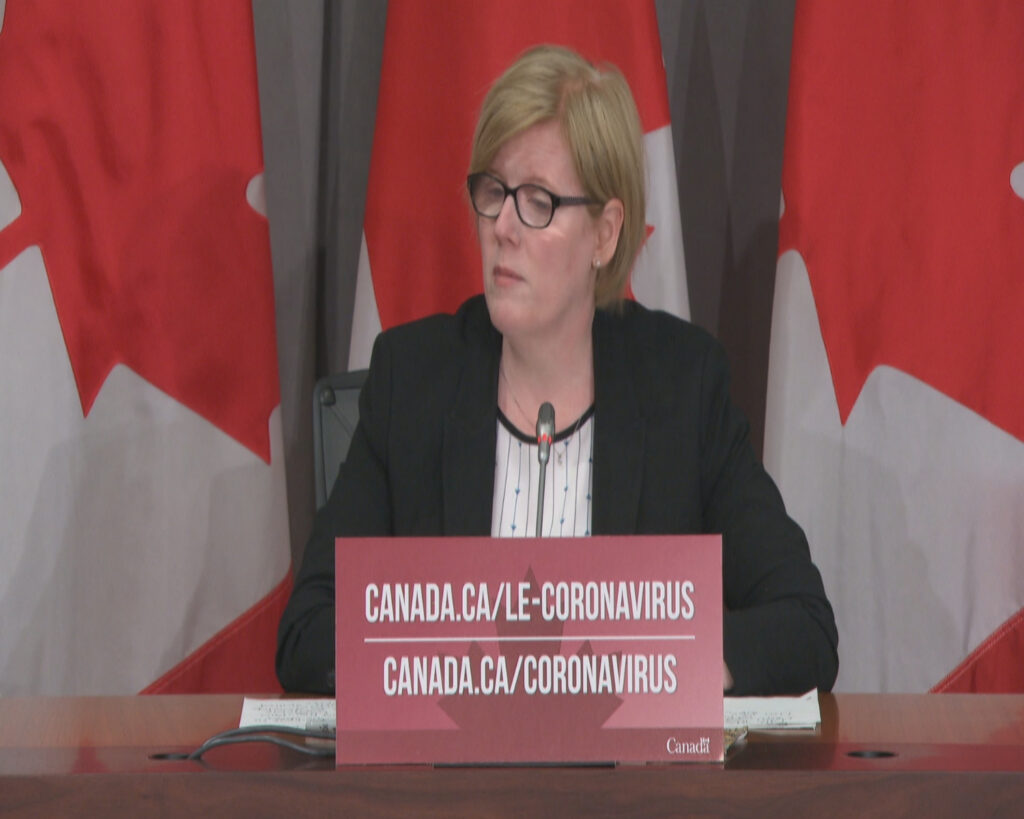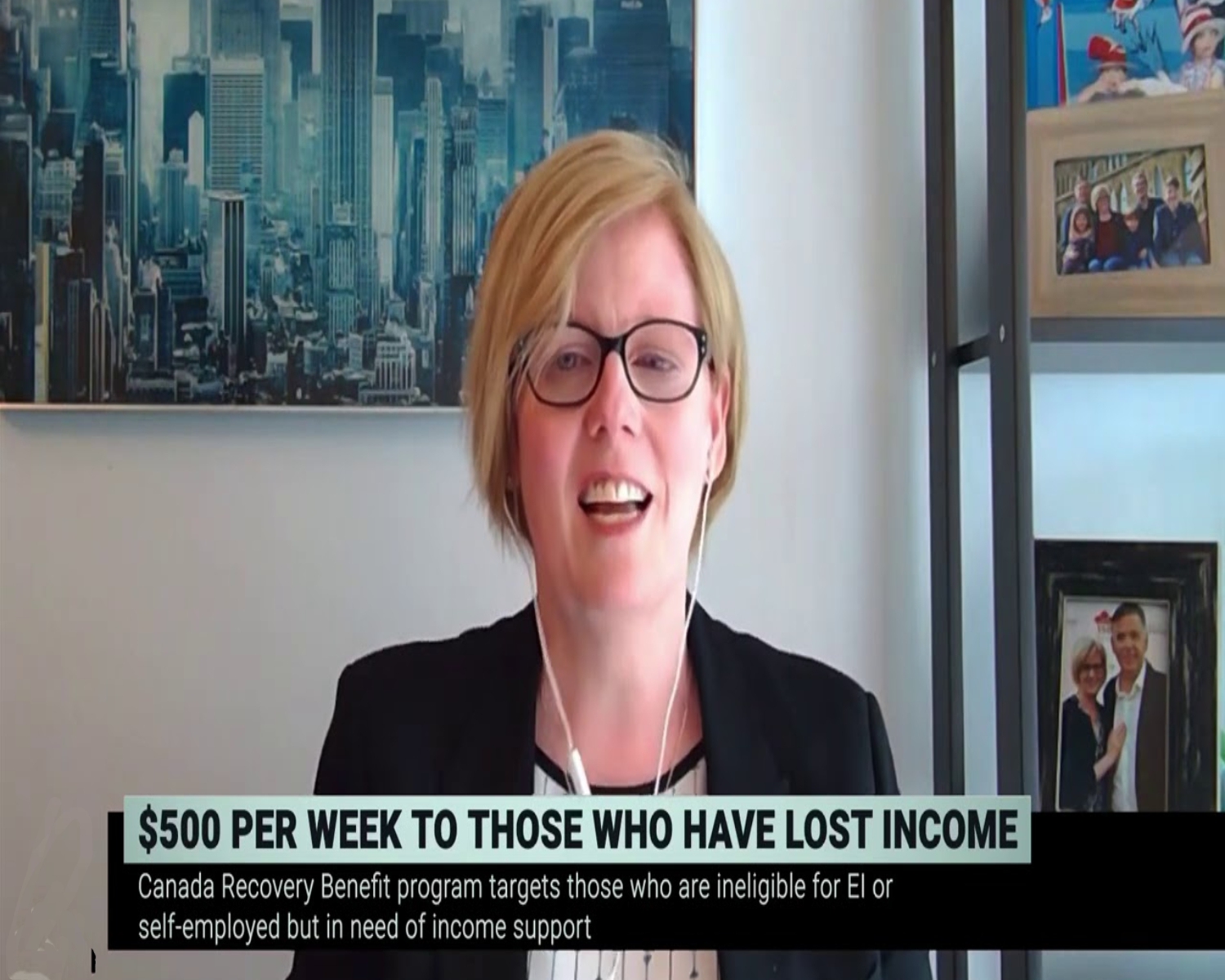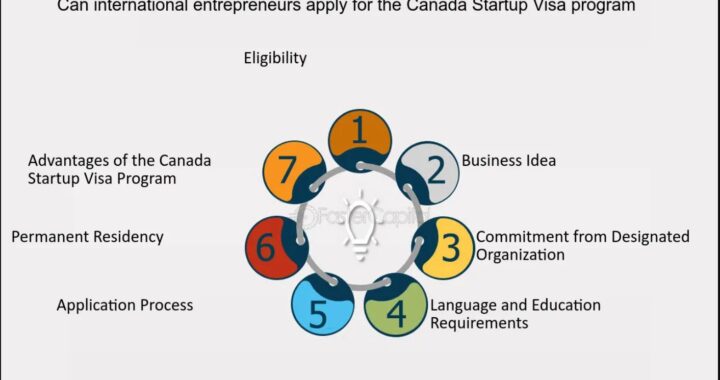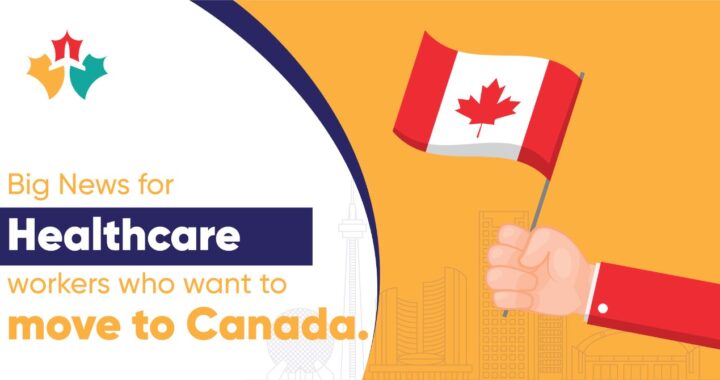New Canada Recovery Benefit (CRB) Approved: How Much Can You Get?

The financial help provided by the CRA extension for Canadians had a deadline date till September 27. The government has taken steps to offer pandemic assistance to many Canadians and have replaced the CERB with CRB (Canada Recovery Benefit).
The bill C-4 was unanimously passed in the House of Commons on Wednesday, which made way for an extended list of benefits to be given to the residents of Canada, who are facing monetary challenges in the pandemic era.
What is the Canada Recovery Benefit?
The bill is proposed to pay the residents 500 $ every week for a period of 26 weeks. Those people who have lost their earning due to the pandemic and are not entitled to getting monetary assistance under EI (Employment Insurance) program.
There has come a gap in the assistance program because of the boom of contract jobs and part-time jobs in recent times, making many workers ineligible for help under the EI program.

Who can apply for Canada Recovery Benefit?
Firstly, anyone who is 15 years of age and has a legitimate SIR (Social insurance Number) can apply for payment under the CRB.
Secondly, the applicant must have earned a minimum of $5000 out of self-employment or in a job during 2019 or 2020 or in a duration of 12 months prior to the date of application. His other income would be from maternity or parental benefits or from EI.
Thirdly, the applicant shall not quit a job to avail of the benefit and should be willing to work and must be searching for job opportunities.
Fourthly, the person applying for the CRB must have incurred a loss of at least 50 % of his income, due to COVID-19.
Lastly, the applicant must not be eligible for EI or any other compensation like QPIP, CRSB, CRCB.
Other ways of getting Monetary Benefits Each Month which are similar to the CERB
The most useful tool seems to be the TFSA (Tax-Free Savings Account). Any income earned under the TFSA will be free from tax, which does not happen with CRB or CERB.
People can hold top-notch stocks and create a tax-free income stream, which can serve as crisis assistance for tough times. The dividends on such stocks will directly go to the pockets of the investor. In secondary usage, the amount can be used to buy additional shares and increase the payment size. Such a system of compounding will help in making big out of the small initial investment.
Many smart investors have also reached a point where they can live their lives off their money earned from the investment in shares and make this their primary income source.

 What actions by Trump Government are in store for illegal immigrants in US? What are Challenges to deport illegal immigrants from US?
What actions by Trump Government are in store for illegal immigrants in US? What are Challenges to deport illegal immigrants from US?  What are changes in Canada Start up Visa Program and Self-Employed Persons Program. How would it affect the potential immigrants to Canada?
What are changes in Canada Start up Visa Program and Self-Employed Persons Program. How would it affect the potential immigrants to Canada?  Launch Your Dreams: A Guide to Canada’s Start-Up Visa Program for Global Entrepreneurs
Launch Your Dreams: A Guide to Canada’s Start-Up Visa Program for Global Entrepreneurs  Options for Immigrating to Canada as a Healthcare Worker- Best Canadian Provinces that offer good salaries
Options for Immigrating to Canada as a Healthcare Worker- Best Canadian Provinces that offer good salaries  Immigrating to Quebec province Canada- Professions in demand with salaries- Racial Discrimination
Immigrating to Quebec province Canada- Professions in demand with salaries- Racial Discrimination  H1B Visa- Eligibility Requirements- its Duration- Process to apply and Professions in demand
H1B Visa- Eligibility Requirements- its Duration- Process to apply and Professions in demand  Recent Changes to Canada’s Work Permit Rules and its impact on Immigrants from India
Recent Changes to Canada’s Work Permit Rules and its impact on Immigrants from India  Applications for UK Immigration witness major decline as the Immigration Laws undergo significant changes
Applications for UK Immigration witness major decline as the Immigration Laws undergo significant changes